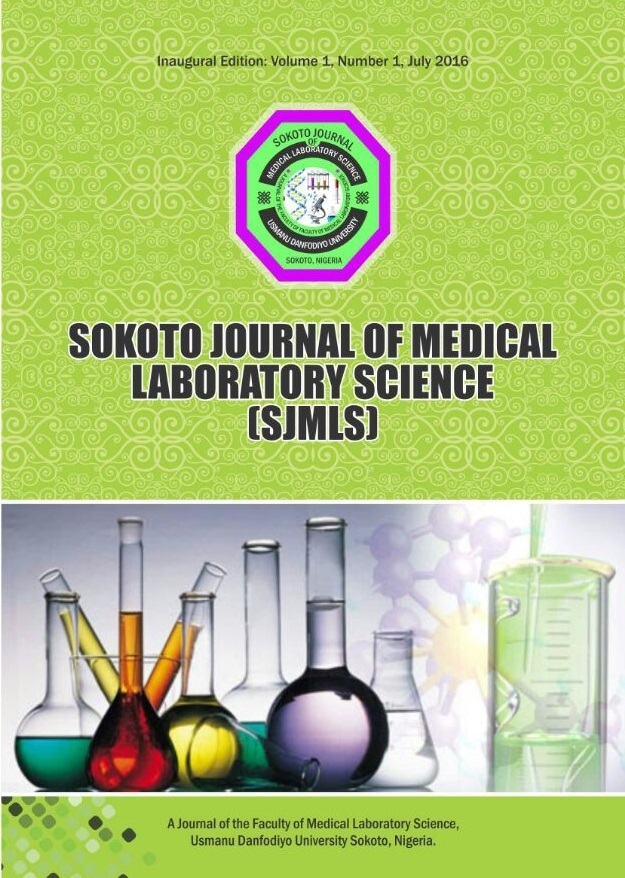Haemorrheological and Haemostatic Changes in Patients on Antipsychotic Chemotherapy: Benin City, Edo State Experience
Keywords:
Haemorrheology, Haemostasis, PsychosisAbstract
Changes in haemorheological and haemostatic mechanism of blood may result during or after treatment with antipsychotic drugs. This present study is aimed at assessing the haemorrheological and haemostatic changes that may occur in antipsychotic chemotherapy in Benin City. A total of 70 samples comprising of 35 participants on antipsychotic chemotherapy as test subject (21 males and 14 females) with mean age of 40.5±5.0 years and 35 apparently healthy participants (20 males and 15 females) with mean age of 25.5±1.5 years as controls. The test participants were randomly selected from patients undergoing psychotic chemotherapy for more than a month at the Federal Neuro – Psychiatric Hospital, Benin City. While the controls were mainly student from the University of Benin. Platelet counts were manually counted using 1% ammonium oxalate solution, prothrombin time, (PT) prothrombin time test with kaolin (PTTK) were performed using commercially available Diagen reagent kits, erythrocyte sedimentation rate (ESR) was performed by the Westergreen method. Plasma and whole blood viscosity were done by method described by Reid and Ugwu, while fibrinogen concentration was done by the Ingram dry clot weight method. Result showed that fibrinogen and WBV increased in test when compared to controls, while ESR and PV reduced in test when compared to controls (p=0.154, p=0.057, p= 0.909 and p=0.804 respectively). Prothrombin Time (PT) and PTTK increased significantly in test when compared to controls (p<0.05 and p=0.001 respectively) while platelet counts reduced in test when compared to controls (p=0.456). This study shows that antipsychotic chemotherapy increases blood rheology and causes increase in PT and PTTK levels in individuals.




